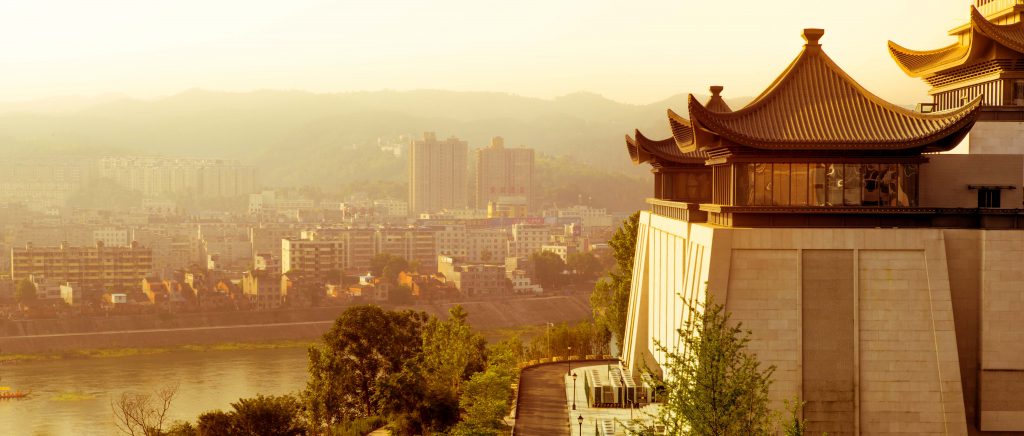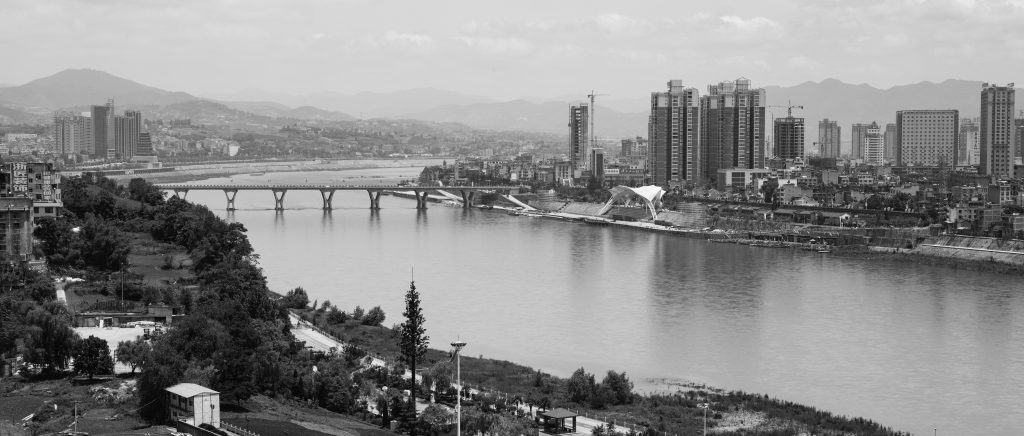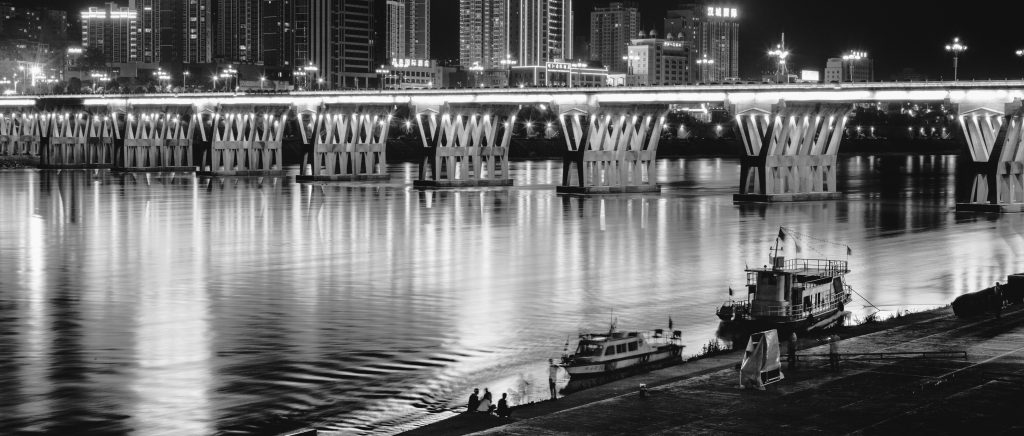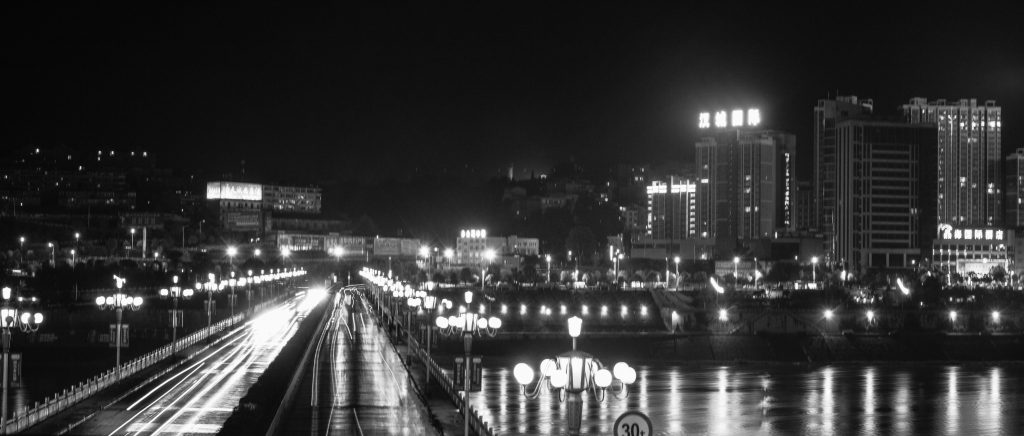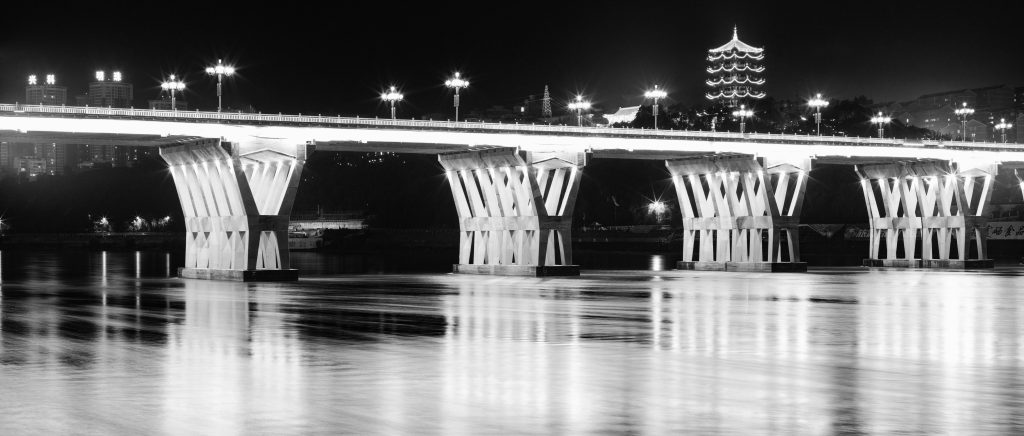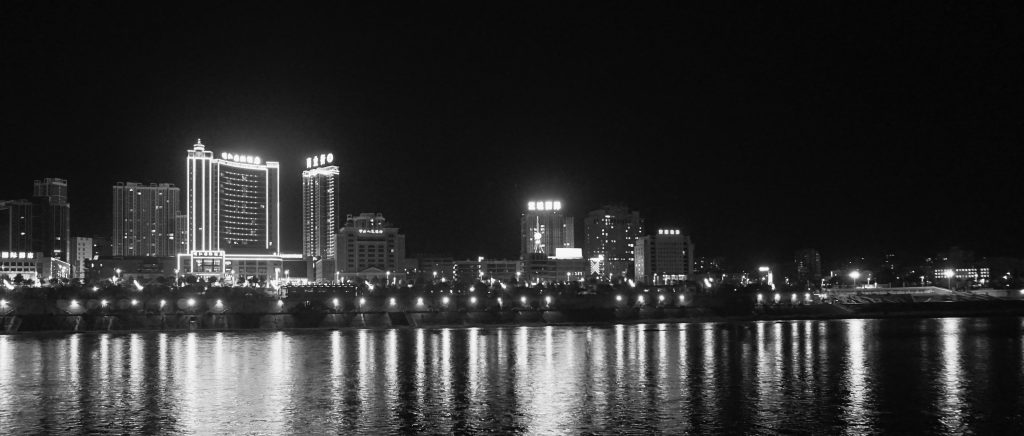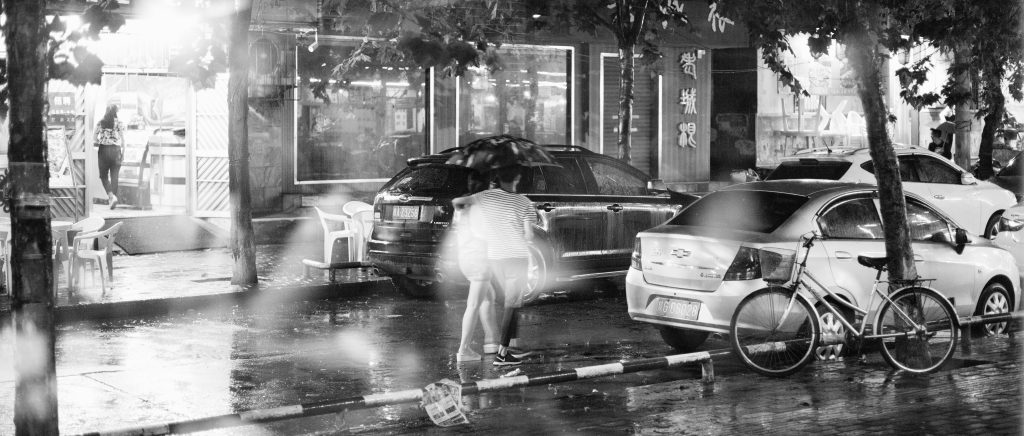Ankang (Chinese: 安康) is a prefecture-level city in southern Shaanxi Province in the People’s Republic of China, bordering Hubei province to the east, Chongqing municipality to the south, and Sichuan province to the southwest. Due to its location south of the Qinling, Ankang is geographically considered to be part of southern China, yet, on administrative terms, as Shaanxi is officially part of Northwestern China, it is considered to be part of the Northwest. Ankang is located in the southeastern part of Shaanxi, north of the Daba Mountains and south of the Qinling. Measuring 200 km from east to west and 240 km from north to south, the prefecture-level city of covers an area of 23,529 km². The Hanjiang river crosses it from west to east, forming a natural landform of “a plain between two mountains”.
Ankang (chinesisch: 安康) ist eine bezirksfreie Stadt im Süden der Provinz Shaanxi in der V.R. China. Sie liegt auf 300 m Höhe im Tal des Flusses Han Jiang. Das Verwaltungsgebiet der Stadt Ankang hat eine Fläche von 23.529 km² und ca. 2,63 Millionen Einwohner. In Ankang gibt es ein Amt für religiöse Angelegenheiten. Die Stadt ist seit dem 28. März 1928 Sitz der Apostolischen Präfektur Hinganfu der römisch-katholischen Kirche.
西安市,古称长安、京兆、镐京,位于中国中部,现为国家中心城市、陕西省省会,是陕西省的政治、经济、文化、交通、医疗、教育中心。西安拥有3000余年的文明史、建城史和1077年的建都史,历史上曾有包括周、秦、汉、隋、唐等在内的共13个中原朝代在此建都,也是汉唐时期丝绸之路的起点。西安是中国历史上强盛的统一王朝建都最多的古都,在西安定都的周、秦、汉、唐,代表了中国帝王时期开放、外向、尚武、繁荣的顶峰。秦始皇兵马俑,又称秦始皇陵兵马俑、秦陵兵马俑、秦兵马俑,位于陕西省西安市临潼区西阳村。秦始皇陵建于公元前246年至公元前208年,历时39年,是中国历史上秦朝皇帝秦始皇的陵墓,也是中国第一个规模宏大、布局讲究且保存完好的帝王陵寝,现存陵冢高76米,陵园布置仿秦都咸阳,分内外两城,内城周长2.5公里,外城周长6.3公里。陵冢位于内城西南,坐西面东,放置棺椁和随葬器物的地方,为秦始皇陵墓建筑群的核心,目前尚未发掘完成。
